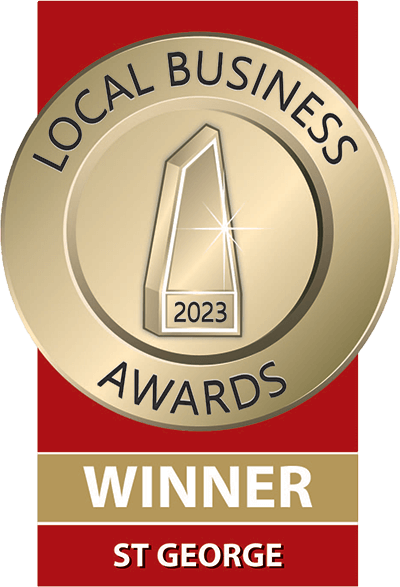Lead Manners: How to Help Your Dog 2/2
Many people struggle with lead manners.
Over-excitement, lack of socialisation, bad experiences with other dogs etc. can all affect your dog’s behaviour on a lead.
There are three main things to focus and work on when helping your dog control his aggressive impulses during walks.
You need to work on all three areas or you won’t make significant progress.
-
Your relationship with your dog
-
Basic obedience
-
The aggression itself
Most people think they already have a great relationship with their dog. They love you, you love them, right? But unfortunately love isn’t enough. You need to be your dog’s protector, teacher and companion to truly have a great relationship with your dog. Does your dog look to you for help? Does your dog trust you in every situation?
When your dog is barking and lunging on leash, he’s not looking to you for help at all.
He has taken the situation into his own hands because that’s what he thinks is needed. He most likely acts like he can’t even hear you. To fix the situation you need to build a relationship where he starts looking to you for answers, rather than acting on his own.
This is done by teaching your dog that you make all the decisions on your walks (and everywhere else). When he reacts to another dog, you need to teach him that it doesn’t get him the outcome he wants. He doesn’t get to meet another dog, turn away from them instead. And yes, this might mean avoiding the dog park and other dogs for awhile. But it’s needed to calm your dog down and stop the reactivity. When you take away the power of decision making from your dog they start listening to you better and their overall behaviour gets better.
Basic obedience is crucial for every dog.
If your dog doesn’t listen to you at home, there’s no way he will listen to you outside or in the heat of an aggressive moment. Use reward-based positive dog training techniques to teach your dog skills focused on patience and impulse control. One useful command for a leash reactive dog is to teach him to look at you. Even better, teach him to look at you when you call his name.
His aggression is the third and final area to address.
For this, you need to use counter conditioning. This means changing his opinion of other dogs while he’s on leash. Take really good treats with you on your walk, something special that you don’t normally feed your dog like chicken or cheese. When you see someone with another dog and you have enough distance for your dog to stay calm, stop. As soon as your dog sees the other dog, say “Yes” (the marker that he did something right) and immediately give him a treat. Don’t ask him to sit first, this isn’t ‘sit practise’. Simply reward the dog for looking at another dog without reacting. Repeat until the other dog disappears. What you are doing is teaching your dog that the sight of other dogs means delicious treats. If your dog reacts, it means that you were too close for your dog to stay calm and you need to step away from the other dog. Back up until he can calm down and focus on your training again. This process can take just a few training sessions or quite some time to succeed, depending on your dog’s reactivity but be patient. Get professional help from a reward-based trainer if you need it.
Finally, please don’t allow your dog to go up and greet other dogs on leash if he has trouble with it.
If your dog is pulling, lunging, barking, growling, whining, has a stiff body posture, high flagging tail or fur raised on his back, these are not signs he wants to make friends. Your dog is trying to tell you that he is very stressed, and his behaviour could be stressing out the other dog as well. Let’s face it, this isn’t a polite way to greet and meet and could easily cause a fight.
Leash reactivity is a very frustrating and quite embarrassing problem. If your dog is really sweet and friendly off-leash, there is a good chance you can help him. If your dog, however, has problems off leash as well you would be better off setting up a training session with a professional dog trainer.

Hi Can I bring my Daughter along to the Puppy class? thanks
Hi Anniina. What if one of the Saturdays is raining? Is the class pushed out to the next week or…
Thanks for thr great article!
Hi Kirsti! It's always best if you can commit to the 4 lessons or have someone else come with your…
Hiya, I have an 18 week puppy who I am rather keen to start training. However we are away for…